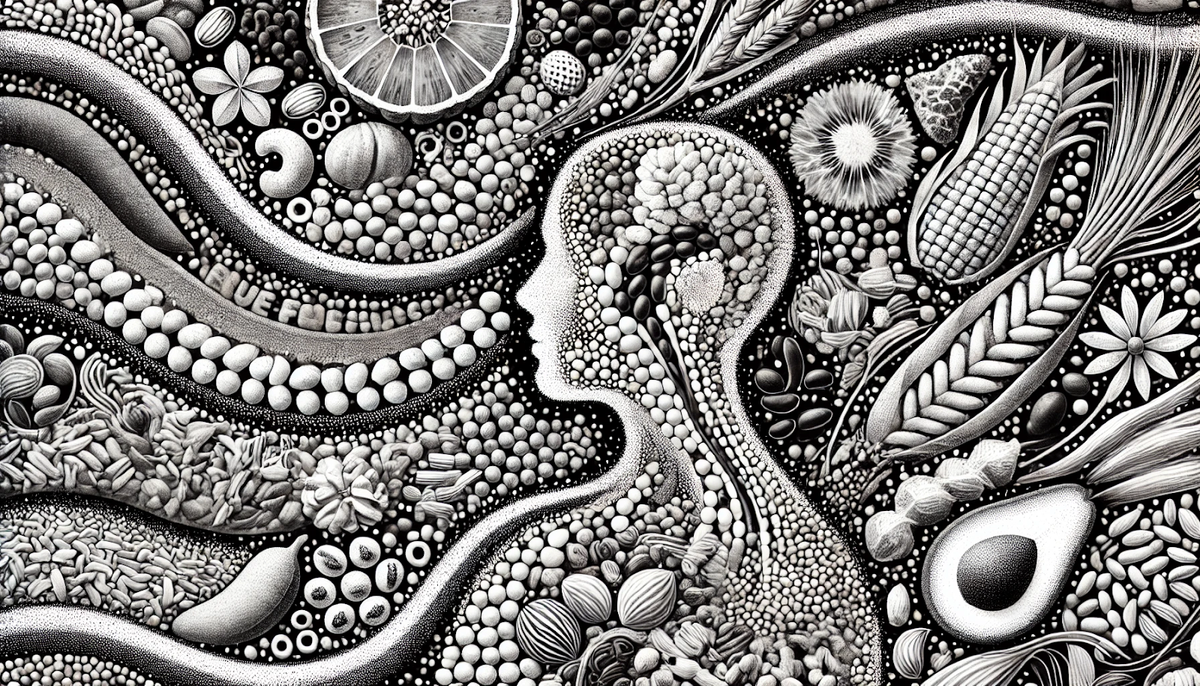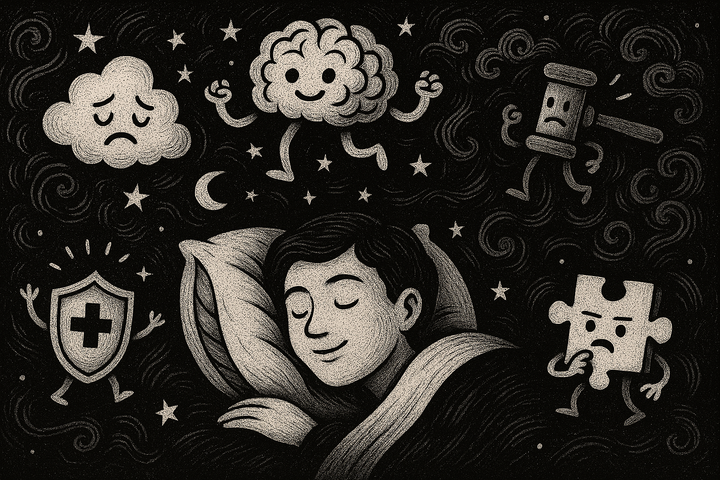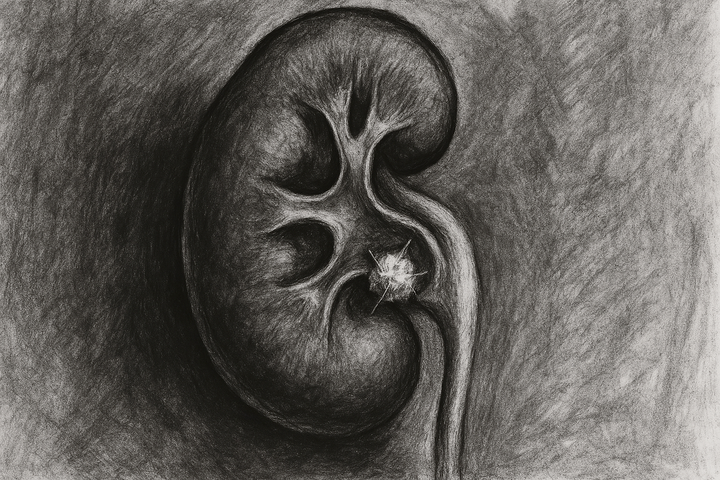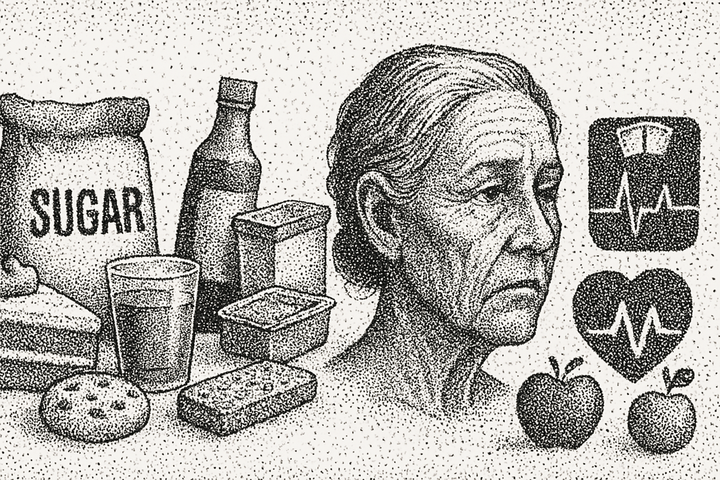Filling the Fiber Void: How Boosting Your Intake Could Save Your Life

Fiber, or dietary fiber, is the non-digestible carbohydrate found in plant foods such as fruits, vegetables, whole grains, beans, nuts, and seeds. It is essential for maintaining gastrointestinal health, promoting regular bowel movements, and contributing to a feeling of fullness, which can aid in weight management. Research, such as a Harvard Health article (Should I be eating more fiber?), indicates that fiber intake is associated with a decreased risk of death from any cause, with those consuming the highest amounts reducing their risk by 23% compared to those with the lowest intake. This reduction is particularly notable for deaths from heart disease, stroke, type 2 diabetes, and colon cancer, with risk reductions ranging from 16% to 24% for those eating the most fiber.
Fiber's benefits extend to reducing inflammation, which is linked to chronic conditions like arthritis and certain cancers. A Consumer Reports article (The Surprising Anti-Aging Benefits of Fiber) notes that increased insoluble fiber intake, often from whole grains, can lower inflammation, potentially protecting joint health and reducing the risk of knee osteoarthritis by 30% in high-fiber consumers compared to low-fiber ones.
Blue Zones: A Case Study in High Fiber and Longevity
Blue zones, identified as regions with above-average longevity, include areas like Ikaria, Greece; Loma Linda, California; Nicoya, Costa Rica; Okinawa, Japan; and Sardinia, Italy (Lessons from the Blue Zones®). These regions are characterized by diets rich in fiber, with staples such as beans, whole grains, nuts, and vegetables. For example, in Okinawa, sweet potatoes are a dietary cornerstone, while Sardinia features whole-grain bread and beans (Blue Zones Diet: Food Secrets). The Blue Zones diet, as detailed in various studies, includes at least a half-cup of beans per day, providing significant fiber and nutrients, which may contribute to their lower rates of lifestyle diseases like type 2 diabetes and heart disease (Food Guidelines - Blue Zones).
Research suggests that the high fiber intake in these zones, averaging around 25-30 grams daily from whole foods, correlates with their longevity, potentially due to reduced chronic inflammation and improved metabolic health. This is supported by findings that diets high in fiber from plants, such as those in blue zones, may slow the onset of age-related diseases (Blue Zones Diet: an Eating Plan for Longevity).
Fiber Consumption in the United States: A Gap Analysis
In contrast, the average fiber intake in the United States is significantly lower. According to the National Health and Nutrition Examination Survey (NHANES) 2009-2010, Americans consume about 16 grams of fiber per day (Fiber intake of the U.S. population), with some studies suggesting an even lower average of 14-15 grams (Sound the fiber alarm!). This is far below the recommendations from the Institute of Medicine, which suggest 25 grams for women and 38 grams for men aged 19-50, with lower targets of 21 grams for women and 30 grams for men over 50 (Should I be eating more fiber?).
This gap, often referred to as the "fiber gap," is attributed to the popularity of processed foods, low-carbohydrate diets like keto, and socioeconomic factors affecting access to fiber-rich foods (Closing America’s Fiber Intake Gap). Only about 5% of Americans meet the recommended intake, highlighting a public health concern given fiber's protective effects against chronic diseases (Fiber: The superfood 95 percent of Americans fail).
High-Fiber Foods: A Detailed List
To bridge this gap, incorporating high-fiber foods into the diet is essential. Below is a table of common high-fiber foods, their approximate fiber content per standard portion, and examples of how to include them:
These values are approximate and can vary by preparation method and portion size (How much fiber is found in common foods?, 22 High-Fiber Foods You Should Eat). For instance, eating fruits with their peels, like apples, can maximize fiber intake, as the peel contains significant amounts.
Opting for Less Processed Foods: A Strategy for Higher Fiber
Processed foods, such as white bread, refined cereals, and fruit juices, often have reduced fiber content due to the removal of bran and other fiber-rich components during processing. For example, whole wheat bread can have 4-5 grams of fiber per slice, while white bread may have less than 1 gram (High-Fiber Foods). Similarly, whole fruits like an apple (4 grams fiber) provide more fiber than apple juice (0 grams fiber).
Choosing less processed options can naturally increase fiber intake. Practical tips include:
- Selecting whole grains over refined, such as brown rice instead of white rice.
- Eating vegetables and fruits with their skins, like potatoes with the skin on.
- Snacking on nuts and seeds rather than processed snacks like chips.
- Incorporating beans and legumes into meals, such as adding lentils to soups or making hummus from chickpeas.
This approach not only boosts fiber but also aligns with the dietary patterns observed in blue zones, where minimally processed, whole foods are staples (8 high-fiber foods from Blue Zones).
Conclusion and Implications
The evidence leans toward fiber being a critical nutrient for health and longevity, with blue zones providing a real-world example of its benefits. However, the significant gap in American fiber intake, averaging 16 grams daily against recommendations of 25-38 grams, underscores the need for dietary shifts. By focusing on high-fiber foods and opting for less processed versions, individuals can improve their health outcomes, potentially extending their lifespans and reducing chronic disease risk. This aligns with public health recommendations and the dietary habits of the world's longest-lived populations.
Key Citations
- Blue Zones Diet: Food Secrets of the World's Longest-Lived People
- Fiber intake of the U.S. population
- Should I be eating more fiber?
- How much fiber per day: Guide to getting the right amount
- High-Fiber Foods: Common foods and their fiber content
- 22 High-Fiber Foods You Should Eat
- Lessons from the Blue Zones®: Building Healthy Communities
- Food Guidelines - Blue Zones: Dietary Recommendations
- Blue Zones Diet: an Eating Plan for Longevity and Life-Long Health
- Sound the fiber alarm! Most of us need more of it in our diet
- Closing America’s Fiber Intake Gap: Communication Strategies
- Fiber: The superfood 95 percent of Americans fail to eat enough of
- How much fiber is found in common foods?
- 8 high-fiber foods from Blue Zones, where people live to 100
- The Surprising Anti-Aging Benefits of Fiber




Comments ()